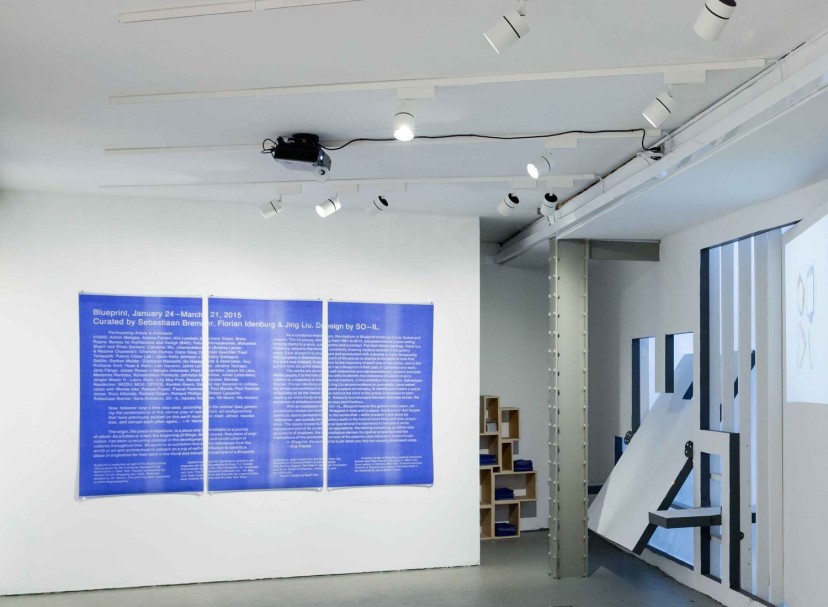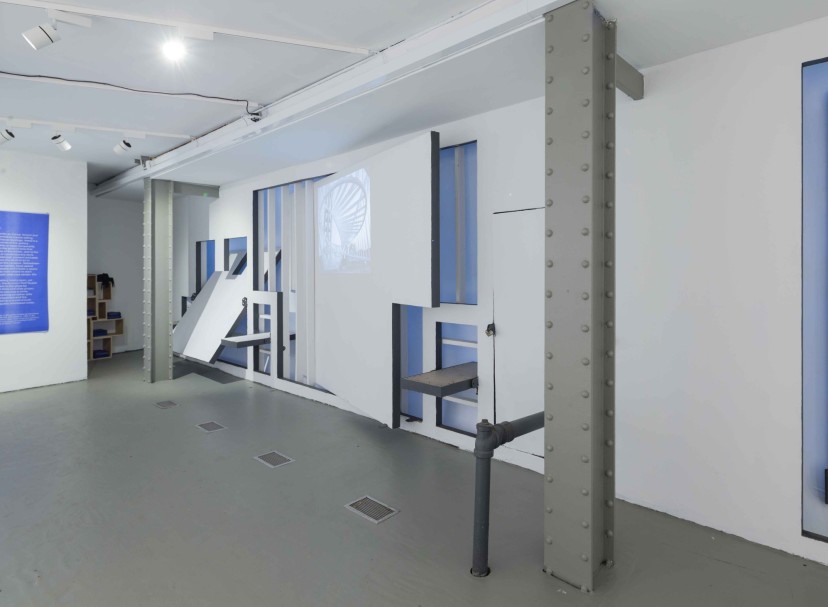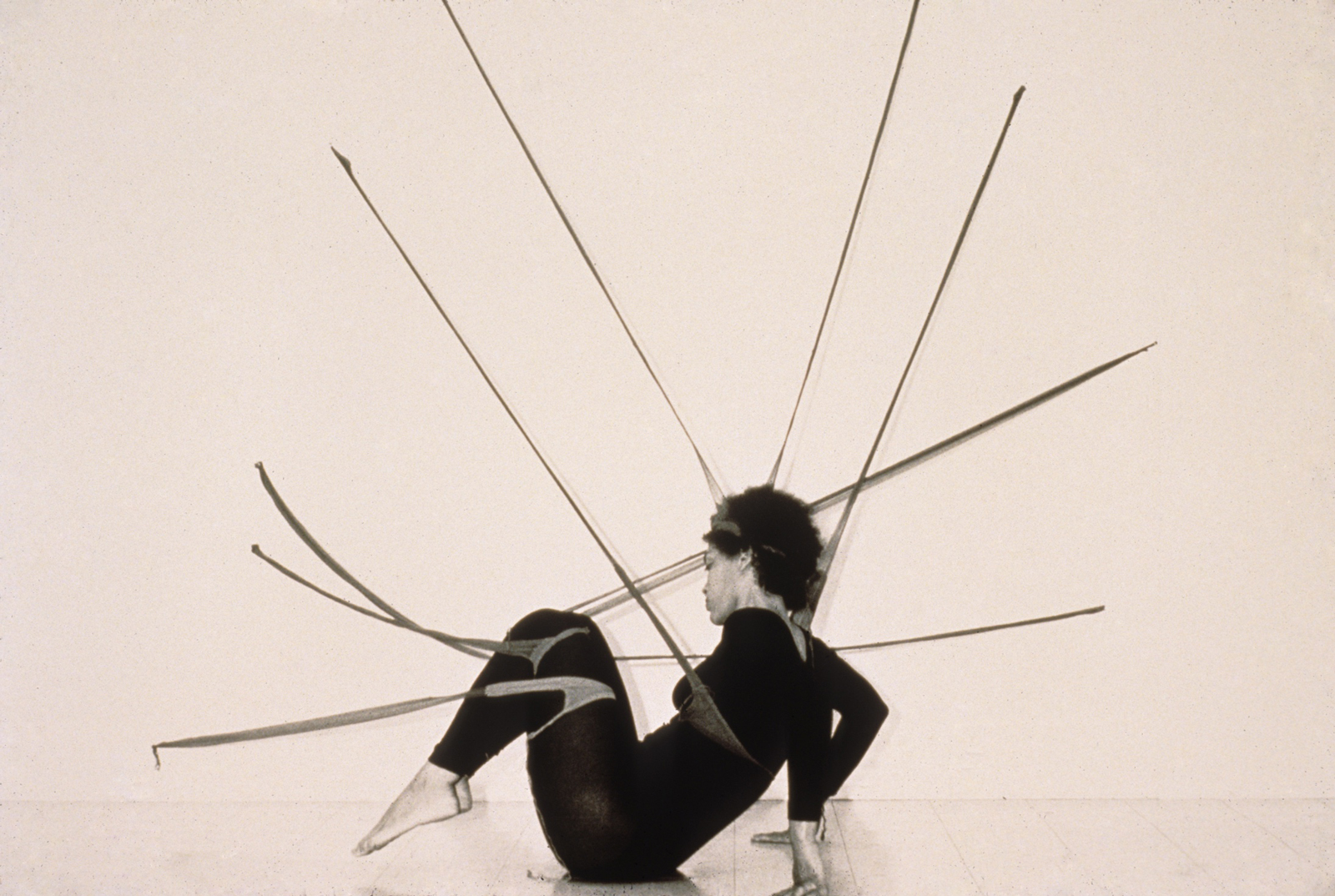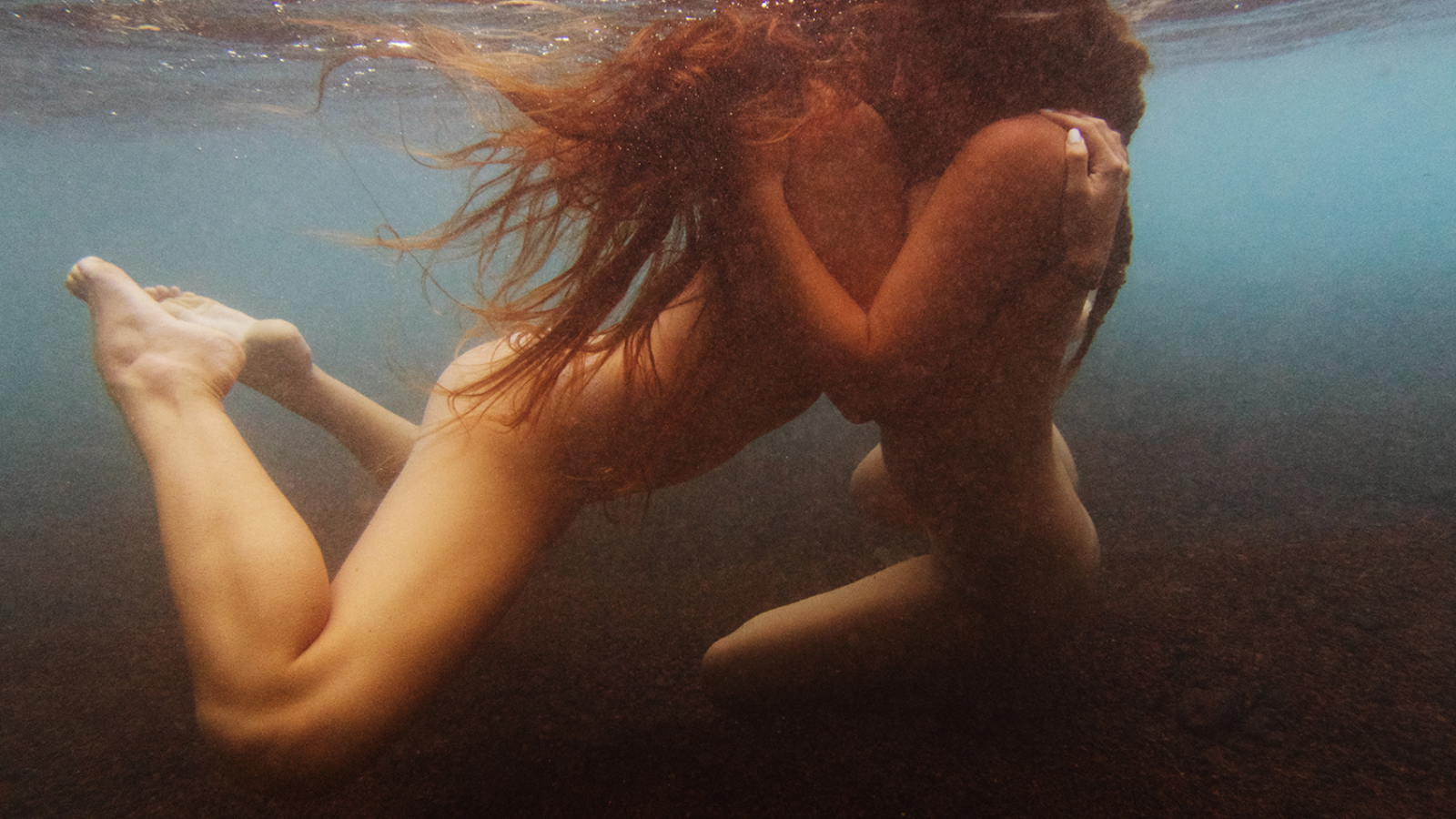In 1999 Sebastiaan Bremmer was a young artist in a very different New York City. He put together a show that reflected his community at the time. He has returned to the city to revisit that community with an updating of the show that manages to both once again reflect its time and avoid nostalgia. We sat and asked him how he pulled it off.
My perspective has changed, I’m a little older than in 1999 and have since then worked and showed enough to have built up a style and identity. Perhaps there is in New York some more weariness of the power of the machine, the fast news cycle, the auctions. The global merry – go – round of art fairs might have something to do with that, too. Perhaps there is less New York centric group of artists? We are all so much more connected globally, people live in other places and make work with similar interests. It is more expensive in New York, you cannot come and find the cheaper places anymore, as many people lament. Still people move here to feel part of the flow, the particular high pressure cooker energy. This still exists.
And the city of course always changes- but in general the only constant in life (and New York) is change- Panta Rei, everything flows. Different neighborhoods now house the galleries- SoHo is no more the gallery area but Chelsea is- and we have the LES now, then you still had a little bit of left over in the East Village and Williamsburg had a big moment then- so that’s one obvious change, but more for location than substance. And there is more further out in Brooklyn, and Queens.
One thing that I think did change are the boundaries between practices- painting, performances, architecture, sculpture, film and photography are more mixed up and tangled than ever, and that’s a wonderful thing. The media we all use perhaps have something to do with that blurring of boundaries, as do the interests of artists. Although I think they always have been promiscuous that way, it’s just more accepted now. And I think musea are much more open to performance now, which might have something to do with the desire to stage events ‘not to be missed’, to be timely, and perhaps, they might be less expensive than shipping heavy sculptures.
Your press release talks about the use of “silly” constraints for the artists in the group show. “Silly” is a delightful choice of words; how did you settle in it?Silly is just an indication of the arbitrariness of boundaries- we all are subject to so many impulses and stimuli- and we sometimes have he feeling there is more logic at work than chance. The original show in 99 stemmed from a desire for momentum and community- and was a show by a loose arbitrary collective of outsiders. The high concept shows seemed to form the landscape, and the format of the show answered to two needs, budget and coherence, but besides that it was really a community snapshot. The experience of making it come together and doing a few studio visits as a curator for once, opened my eyes to my particular perspective. It was liberating. It is great to shapeshift and role play. It’s funny you latched on to this word., I thought I had edited it out of the press release but it apparently fought its way back in. You can word it another way, make it seem very serious, but I think that it’s good to do things light and free. It’s actually harder. My experience is also when you peel away pretense you are much more happy and excited. Perhaps there is a court jester aspect that I would like to point to.

Inside Storefront for Art and Architecture

The medium is the message, partly. It has a few problems which are benefits: they are inexpensive and temporal, so especially in the beginning it sidestepped the problem of having to loan or have to deal with the galleries of the artists in any negative way. We are not endangering any works that they might want to sell eventually. They are just copies, and poor ones at that. But another more important thing is that for me there is a visible speeding up of media carriers. In audio we went from Wax cylinders to MP3’s in 100 years, and each step made a claim to make the previous media carrier obsolete. It goes so fast. And faster. I have always felt that each medium, perhaps just sentimentally carries a load. You can fake it of course in the digital realm, but there is something that happens in our memories because ceremonial aspect of the paraphenelia, the touch of the stuff. And we can go so high def, so high production now that sometimes I feel alienated by the hard perfect surface of perfection, and besides the fact that I am personally not attracted by perfection, it is also financially a barrier, especially in a show like this. We could never show these artists in these imperfect settings. The insurance would be prohibitive, for one. Blueprints were made fast, and were pinned up on the building site, and used to measure from and compare to. They were witnesses and in the end, fade. This is of course a beautiful parallel to memories- and like memories they can be rekindled, by exposing them to sunlight. They will yellow, but I have to say I have been surprised on how much longer they live on that I had expected.
Is the use of blueprints indicative of a larger sense of nostalgia in the show?I don’t like nostalgia but call it circles of time and thought and I am ok. I think we all are filled with a brew of past and present, which manifests itself in our ‘now’. Nostalgia implies to me that the past was better which I think is one of the big cosmic jokes- I think we all have those illusions. Our memories work in mysterious ways. Blueprints are also mean something we use as a word more than as a thing, and I think there is a novelty to blueprints for some now. It’s just a mode of making prints, too, and I think all media have a right for a spot at the table, at least once in a while. I’d like to think that this is not a backward but forward looking show. The blueprints contain the generative works- the jpegs and mpegs some examples of what follows. We all keep going though, artists and architects don’t get to retire. If they do, they are dead. So this might be just a moment to take stock and go on from here.
Do artists make the best curators?
No. I don’t have any illusions about that. I think it is interesting to see what different people come up with, but I am personally not willing to devote myself to this endeavor full time- I have to make my own work! It does open the mind a bit, which is always good. I think it lets you play with other art, which can influence your own practice of course. What is very helpful is to be in an active role, participating and going to studios- then you have a very different dynamic then when you get a visitor in your studio. I am always torn about time, since I already have to divvy myself up between family and studio and other activities- I always underestimate how much time these things take, and since I am not the most organized person it is really time consuming. I think they can also be good curators.
The show was co- curated with Florian Idenburg and Jing Liu of SO_IL

